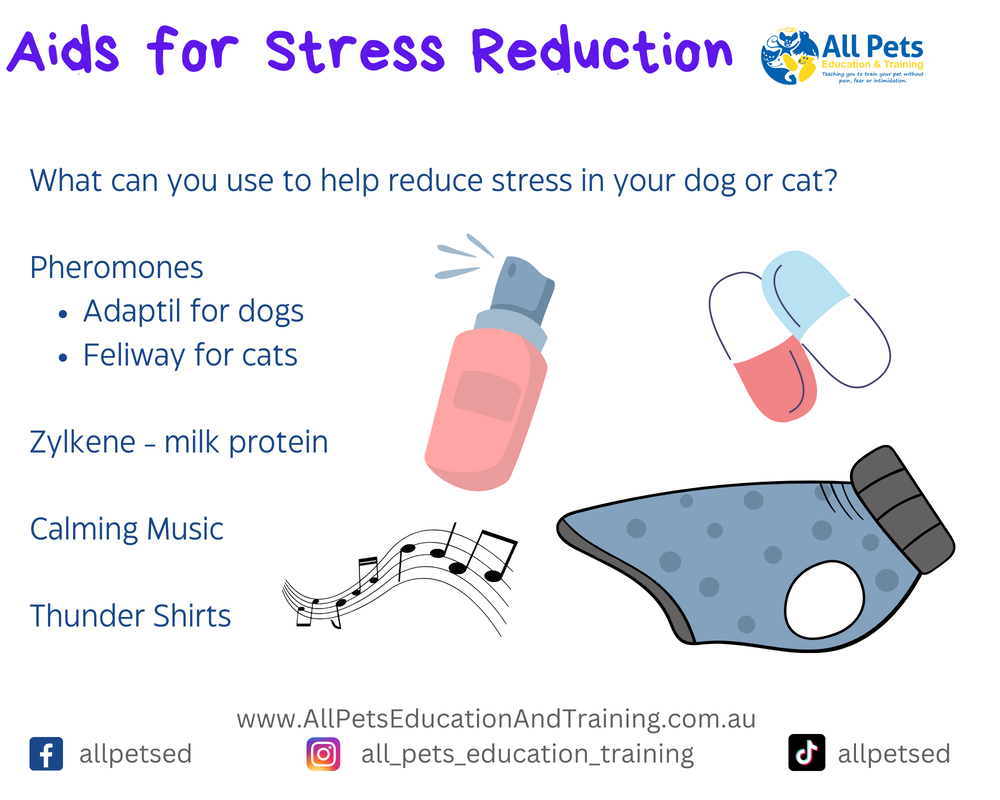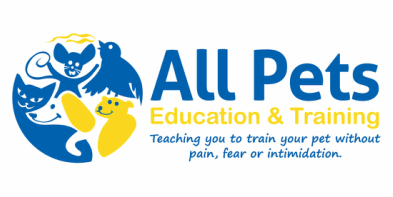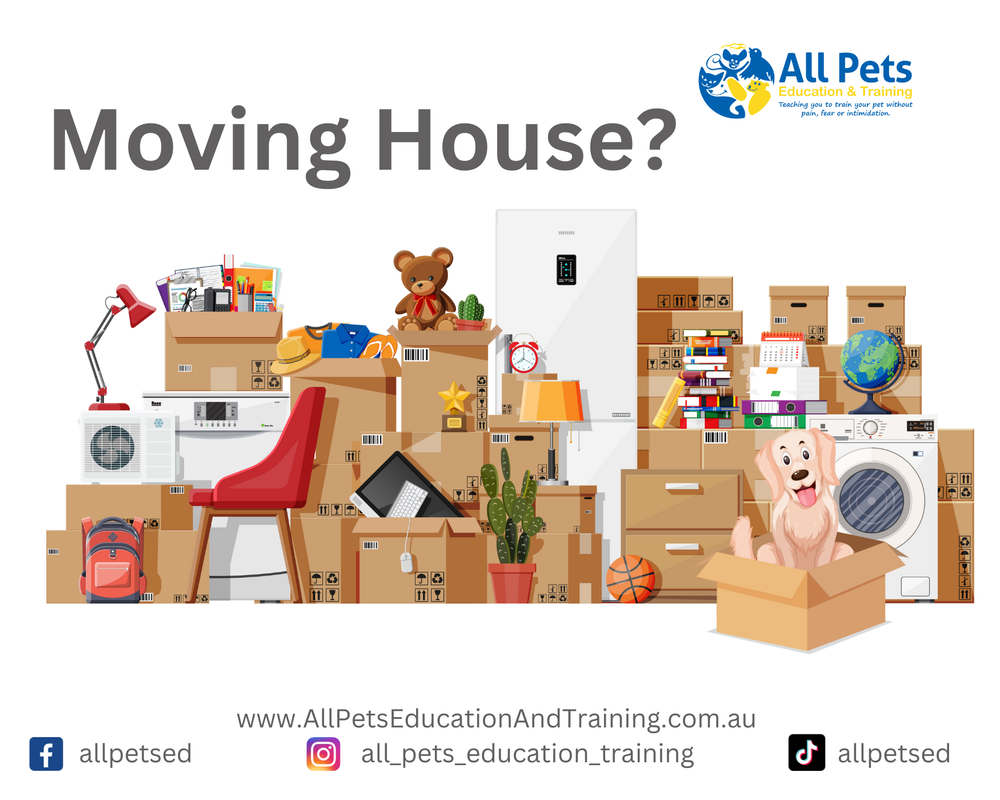Moving House - making things less stressful for you and your pets

Are you moving house soon?
This can be a stressful time for not only you (packing, finding pet friendly accommodation, buying property etc), but is also a stressful time for many of our companion pets especially our cats and dogs.
Here are some ideas that you can do to help your pet during this time.
Routine
Cats and Dogs are creatures that like routine and can find deviation from this to be stressful.
During the pre-move stage, travel, and post-move stage, try and keep your pets routines the same as much as possible.
This includes feeding them the same foods at the same time, going for walks or playing at the same time, sleeping arrangement etc.
Packing
When packing at home, leave your pets things to last. Not only will this provide them comfort that their stuff is still around, but it will also mean it is easier for you to locate at the other end.
Don’t wash your pets bedding just before the move, and leave it unwashed for 2-3 weeks in the new environment.
Remember to pack their usual food – This is especially important if you are moving away from the local area and aren’t able to pop into the shop to buy their normal diet. A sudden change in diet can result in gastrointestinal upsets and a trip to a veterinarian sooner than you were no doubt planning.
Set your pet up for success
Crate training your cat or dog (ask for hand out #11) is a good idea.
This is especially important for keeping your pets safe on moving day.
During the moving process you may have doors/gates etc propped open, and several people coming and going. Not everyone may be as watchful as you, and your pet may accidently escape if not safely contained.
Crates can also be used to travel to your new house (all airlines have specific crate requirements) and for keeping your pets safe while unpacking at your new accommodation.
Veterinarian
If moving a distance and changing veterinarians, consult with your current and new veterinarians about specific requirements and obtain a copy of your pet’s history. You may need to use different vaccines – some locations in Australia have different disease risks.
When moving internationally you will need to go through AQUIS (Australian Quarantine and Inspection Service) and use vets specifically trained in requirements of other countries.
You can find a link to AQIS and requirement here: http://www.agriculture.gov.au/export/live-animals/companion
Or you could consider using Dogtainers www.dogtainers.com.au or JetPets www.jetpets.com.au
DogTainers and JetPets can arrange a pick up and drop off service, and if moving internationally can arrange the Quarantine vet work for you.
When moving, even within Australia, ensure your pets are up to date with preventative medicine including Vaccination, Worming, Heartworm, Flea and Tick control.
Make contact with a veterinarian where you are moving to – ask about Snakes, Toads, Ticks, and diseases in the area.
If you are driving a great distance talk to your veterinarian if you feel your dog or cat will be stressed or panicked or suffer from car sickness.
Other ways of Reducing Stress
ADAPTIL
Fit your dog with an ADAPTIL collar (lasts 1 month) or ADAPTIL spray for bandana (lasts a few hours only) or use an ADAPTIL diffuser (lasts approx. 1 month and requires 8 hours to reach temperature at which it is effective – leave on all the time. ADAPTIL is dog appeasing pheromone and is used to reduce anxiety etc. Use these products before, during and after the move.
“Adaptil is a synthetic copy of the natural comforting pheromone released by a mother dog to reassure her puppies. This has been scientifically proven* to not only help puppies but also dogs of all ages with: Help promote learning during training and socialisation. Help puppies or adult dogs settle in new homes.”
FELIWAY
Use a FELIWAY diffuser (lasts approx. 1 month and requires 8 hours to reach temperature at which it is effective – leave on all the time). Or consider FELIWAY spray (spray into carry cage, onto bedding etc – each application will last a few hours. Use these products before, during and after the move.
“Feliway® is a synthetic copy of the feline facial pheromone, used by cats to mark their territory as safe and secure. By mimicking the cat's natural facial pheromones, Feliway® creates a state of familiarity and security in the cat's local environment.”
Through a Dog’s ear
Through a Dog’s ear is music scientifically proven to reduce stress and promote calmness. This classical music that can help reduce stress during all stages of the moving process. Play the music during packing, in travel and during un packing etc.
Identification
Ensure ID is current and up to date. Use a tag on your pet’s collar.
Don’t forget to update the microchip – www.petaddress.com.au can tell you which DATABASE you need to contact to update these details – you will need your pets microchip number for this (This is a 10 or 15 digit number). If you do not have the number, take your pet to a vet for scanning.
Moving Day
On moving day, pop your pet into a secure environment – if using a room – tape a note to the door so that no one accidently lets them out. If in doubt use a secure crate so that your pet is not to inadvertently let out at either end of the moving process.
Leave a note for the new residents of your old house with your contact details and photos of your pets (if it is feasible that they may escape and try and return to what they consider home).
If you are driving a great distance remember to talk to your veterinarian before moving day (at least 1 week) if you feel she will be stressed or panicked or suffer from car sickness. Allowing the week, will allow time to trial medication if need be.
Ensure all pets are well secured during travel, and can have toilet breaks.
It is illegal to travel without your pet secured in either a crate/cage or harness and seatbelt.
During travel your dogs will need a leash walk and toilet stops every 2 hours and offer water during this time. Cats should be enclosed in a cat cage during travel – allow access to water. For toilet purposes, assuming your cat isn’t leash trained, they will need to have access to a litter tray (in confines of the car) at least every few hours. Only do this when the vehicle is stopped.
Don’t forget to carry poo bags for your dogs, spare bedding, paper towels, spray cleaner and garbage bags (especially for cats contained in crates). You may find yourself needing to do a cleanup on the way.
Arrived at the new house
For DOGS leash walk for toilet walks – until fully secured in new environment.
When first in the new house for both dogs and cats enclose them in a safe environment (room/crate/garage), until unpacking of removal trucks etc has been completed.
Because you packed your bets belongings last, you will have access to them first. Take the familiar unwashed bedding with you and have ready to set up in your pets designated safe space.
Ensure the yard is safe and secure – check the entire boundary – push under and on all parts of the fence and test that your dog/cat can’t squeeze through gaps or under gates/fences.
Trim trees and remove rubbish or bins etc that may be near the fence and allow your pet an easy means of escape.
Introduce yourself and your dog/cat to your neighbours – advise them that you have just moved in, and that you would like them to let you know if your pets are displaying any problem behaviours (especially in your absence). You can monitor barking when you are out using the Bark’n’Mad app.
Update your Council registration – this may mean registration within a new council area – if so check out your council website, and update yourself with any differences in local laws.
Keep cats enclosed indoors for 3 weeks before allowing them outside – supervise outdoor access when you do let them out. Or better yet make them an indoor kitty.
Use lots of enrichment – this not only will help reduce problem behaviours (barking, chewing, digging, scratching etc), but will help with reduction of anxiety or distress.

